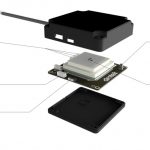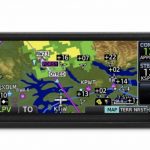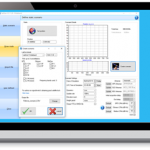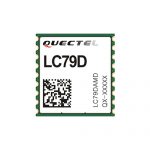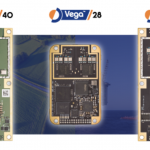NovAtel’s Application Programming Interface Designed for Use on OEM7 Receivers
NovAtel Inc.’s Application Programming Interface (API) is a set of predefined functions for developing custom software to execute from and interface with the GNSS receiver platform. The next generation API from NovAtel features a simple scripting language designed to easily create scripts to perform specialized operations that run onboard the receiver.
By Inside GNSS



